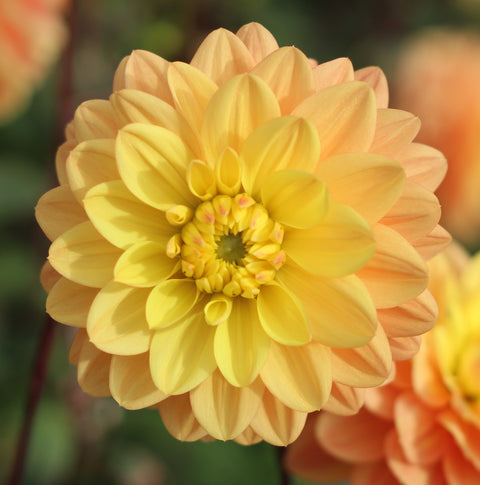The Dutch flower bulb fields, who doesn't know them?
Throughout the spring, and even in the summer, these fields are used for the cultivation of flower bulbs.
But you don't always find flower bulbs in these fields.
Once every 5 years, such a flower bulb field turns into a beautiful mini lake.
But.. why is that?

You can find everything in the Dutch flower bulb fields. In the spring these are flowers such as tulips, daffodils and hyacinths. In the summer you will find flowers such as lilies, dahlias and zantedeschias. The flower bulb sector in the Netherlands is undoubtedly a popular attraction. Many tourists come for the beautiful colors that the season has to offer. Selfies at the fields, family photos or just a lovely walk along the tulip fields, everyone enjoys it.
You will not always find this splendor of flowers on the bulb fields. Once every 5 years, the flower bulb fields are flooded, also known as inundation. Flooding is a natural and biological way of combating nematodes and root weeds. Nematodes, also called nematodes, are small worms that live in the soil of the fields. They are so small that you cannot see them with the naked eye. Although they are not harmful to humans and animals, they can cause damage to the flower bulbs, both the flower and the bulb. Before the field can be flooded, the land is leveled. Subsequently, small dikes are made or walls are put in place to keep the water on the fields. With a pump, the water is pumped from a water source nearby (usually a ditch around the land) to the land. The field remains underwater for about 12 to 14 weeks, after which the covered drainages are unblocked and the water can flow back to the same water source.
Despite the fact that those beautiful colored flowers cannot be seen for a while, this does not make the flooded bulb fields any less photogenic! There are many birds that come to the fields to cool off and float on the water. That makes for beautiful nature photos.
After 12 to 14 weeks, the land is completely healthy again and the bulb farmers are getting ready to plant the next crop for the winter, so that we can enjoy the splendor of flowers again in the spring!
Also watch this nice impression film of the flower bulb fields underwater.






